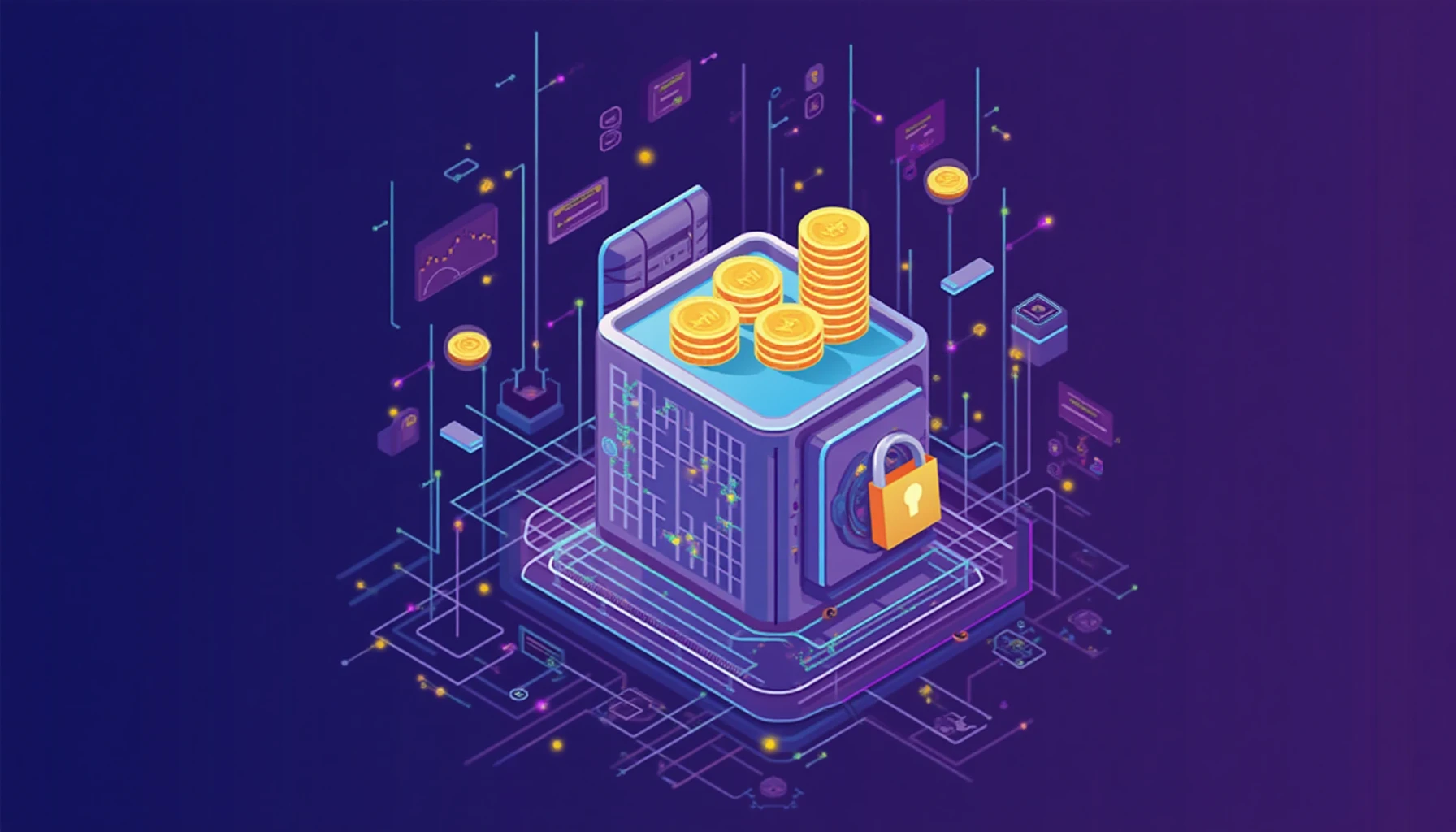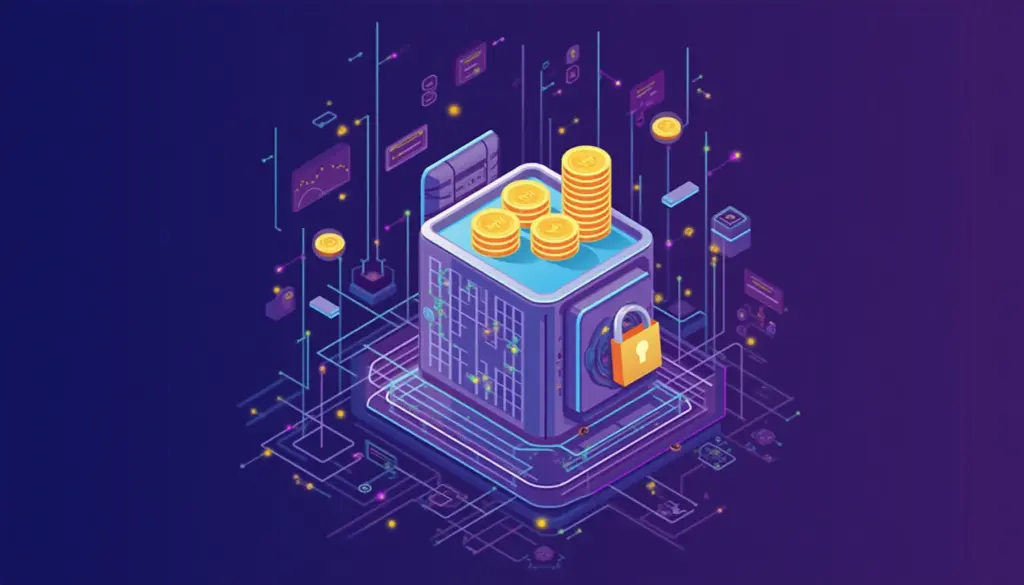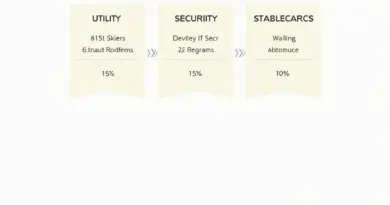Crypto Staking Explained: Unlocking the Future of Digital Currency Investment
What is Crypto Staking?
Have you ever wondered how millions of investors are making money through crypto staking? As more people dive into the world of digital currencies, understanding this process is crucial. Crypto staking is a method where holders of a digital currency can earn rewards by participating in blockchain network activities. Simply put, when you stake your coins, you help keep the network secure and validate transactions.
How Does Staking Work?
Staking primarily occurs in Proof of Stake (PoS) blockchain systems. Let’s break it down:
- Select a Cryptocurrency: Choose a coin that supports staking (e.g., Ethereum 2.0 or Cardano).
- Stake Your Coins: Lock your assets in a digital wallet for a specific period.
- Earn Rewards: Receive rewards in the form of additional coins (often 5% – 20% annually) for your contribution.
This can be compared to saving money in a high-interest account; your funds are just locked up to earn more over time!

What Are the Benefits of Crypto Staking?
Staking offers various advantages:
- Passive Income: By staking your crypto, you earn consistent rewards without actively trading.
- Support Network Security: Your participation helps secure the blockchain, contributing to its overall integrity.
- No Hardware Required: Unlike mining, staking doesn’t require expensive equipment.
As a result, staking can be appealing to both beginner and seasoned investors looking for a relatively simpler investment strategy.
Risks to Consider When Staking
While staking has its perks, it’s not without risks:
- Market Volatility: The value of your staked coins can fluctuate significantly.
- Lock-Up Periods: Some staking programs require you to lock your assets for a duration, limiting liquidity.
- Centralization Risks: Not all staking options are decentralized, potentially risking network integrity.
It’s important to research and choose a reliable cryptocurrency that provides transparent staking rewards. For example, you might consider assessing the viability of DeFi platforms that facilitate staking.
Getting Started with Staking
If you’re eager to begin your staking journey, follow these steps:
- Create a Wallet: Set up a digital wallet that supports staking.
- Buy Stakeable Currency: Purchase coins from exchanges like Binance or Coinbase.
- Choose a Staking Platform: Find a platform that aligns with your investment goals.
Remember, always start small to understand the mechanics before fully committing your assets.
Conclusion
In conclusion, crypto staking is an exciting way to earn passive income while contributing to the security of blockchain networks. As the digital currency landscape continues to evolve, understanding staking will play a pivotal role in your investment strategy.
Ready to dive deeper? Check out our guides on crypto portfolio management and understanding DeFi principles to enhance your staking efforts today!
Disclaimer: This article is for informational purposes only and does not constitute financial advice. Always consult with a regulatory authority before investing.




